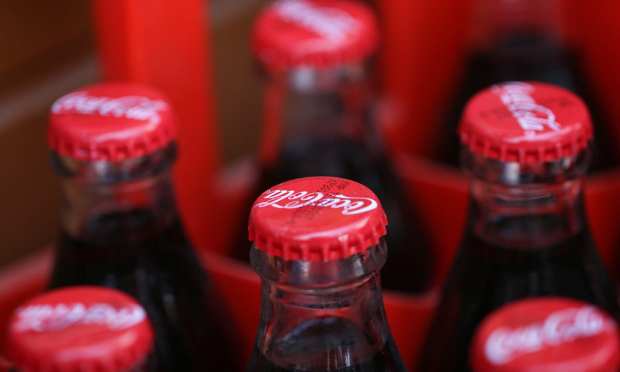Coca-Cola Says Widening Income Gap Demands Both Premiumization and Affordability

As income gaps become more pronounced globally, Coca-Cola is offering more premium and budget-friendly options.
On a call with analysts Monday (April 24) discussing the beverage giant’s first-quarter 2023 earnings results, CEO James Quincey shared that, amid these broader trends, the company has been better able to drive sales of its highest-end product but has also needed to keep prices down on its most basic tier.
“As over time, there has been an increase in disparity of income in any given country, the need to match the consumer across a broader range of price points has gone up,” Quincey said. “So, you see both more opportunity and more need to have a foot in affordability and the other foot in premium. … Both of those ends of the spectrum have been going up over time.”
Certainly, a significant share of consumers keeps prices top of mind when shopping for foods and beverages. Research from the March edition of PYMNTS’ Consumer Inflation Sentiment report, “Consumer Inflation Sentiment: The False Appeal of Deal-Chasing Consumers,” which drew from a survey of more than 2,100 United States consumers, revealed that 44% of grocery shoppers are deal chasers, willing to go wherever they will get the best price.
These desires are prompting many to become less loyal to their previous favorite products, opting instead for more budget-friendly alternatives. Research from the January edition of the study “Consumer Inflation Sentiment: Perception Is Reality,” for which PYMNTS surveyed more than 2,100 consumers in December, revealed that 35% have reduced the quality of the grocery products they purchase in response to inflation.
Coca-Cola’s efforts to meet those demands come with a converse investment in those higher-priced items to offset the margin impact.
“We may, as we go forward, see slightly more promotions as we look for those consumers that are under pressure to offer them slightly better affordability options, but we’ll be balancing that with investments in premiumization options,” Quincey said.
Indeed, finding ways to provide those kinds of promotions can be key to brands’ ability to build loyalty, with shoppers noting a bump in their satisfaction when they have the opportunity to redeem these offers.
Data from the “2023 Global Digital Shopping Index,” a PYMNTS and Cybersource collaboration, which drew from consumer panels from six countries spanning more than 13,000 participants, revealed that 80% of U.S. shoppers who used coupons were very or extremely satisfied with their experience. In contrast, only 60% of those who did not use coupons said the same.
“Shoppers are clipping more coupons,” Sean Turner, co-founder and chief technology officer at retail technology company Swiftly, told PYMNTS in an interview earlier this month, noting that consumers are more deliberate about planning their grocery shopping trips than they were in the past. “They’re really trying to compare prices across different stores. They might go to the Walmart website or app and see what the product costs there, then launch [another retailer’s] app and search for the same product there to see where it’s cheapest or where they can get a coupon or a discount.”

